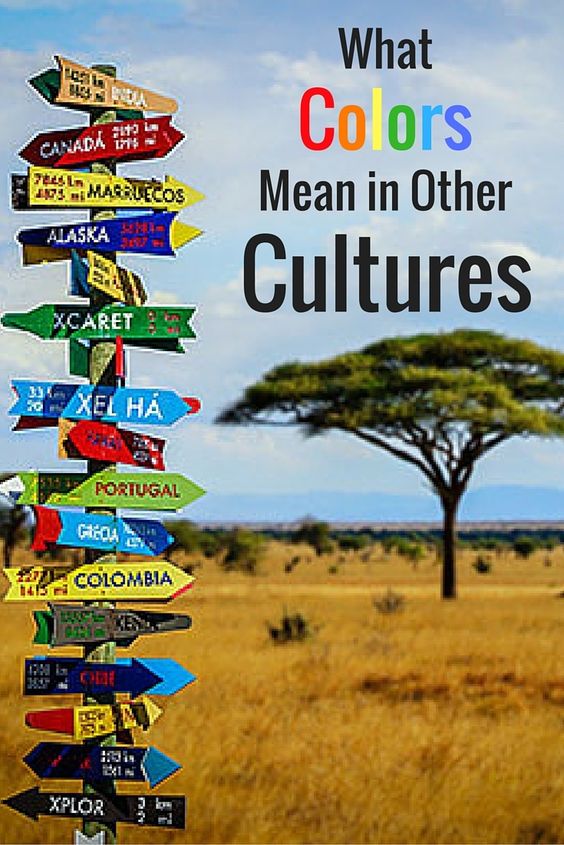Introduction:
Education is a fundamental right and necessity for every child, regardless of geographical location. Having said that, educational systems vary significantly around the world, each shaped by their unique cultural contexts. In this article, we will take you on a fascinating journey through some of the most surprising cultural differences in schools across the globe.
1. Siesta Time in Spain
One significant cultural difference found in Spanish schools is the inclusion of siesta time. During a lengthy lunch break, students and teachers are allowed to rest or take a nap before resuming their classes. This tradition reflects the broader Spanish culture, where many businesses and offices close for a few hours during midday for lunch and siestas.
2. School Uniforms in Japan
Uniforms are customary in Japanese schools, with students expected to adhere to strict dress codes. The iconic sailor-style uniforms emerged during the late 19th century and are still widely used today at both public and private schools. Besides being a symbol of belonging and unity among students, these uniforms also instill discipline and responsibility.
3. Shoeless Learning in Scandinavian Countries
In countries like Sweden, Norway, and Finland, it’s customary for students to remove their shoes before entering classrooms. Known as shoeless learning, this practice is believed to create a more comfortable and relaxed atmosphere while reducing dirt and allergens brought from outdoors.
4. Sabantuy Celebrations in Russia
Sabantuy is an annual cultural event celebrated by locals in Tatarstan, Russia. During this traditional celebration centered around a plow festival, Russian schools often organize activities such as games and contests for their students. This allows children to engage with their cultural heritage while building camaraderie among classmates.
5. Outdoor Education in New Zealand
Known as bush schools or nature-based programs, outdoor education is an integral part of New Zealand’s schooling system. Students are encouraged to explore forests, rivers, and coastlines through guided investigation and hands-on experience. This unique approach instills an appreciation for nature and develops practical life skills.
6. No Homework in Finland
Finland’s education system is internationally renowned due to its support for student autonomy and minimalistic approach to homework. Students in Finnish schools receive little to no homework, focusing instead on active learning and group collaboration during class hours. This progressive system fosters a sense of responsibility, innovation, and creativity among students.
Conclusion:
These are just a few examples of the vast cultural differences in schools around the world. By understanding various educational practices and philosophies, we can appreciate the rich tapestry of global learning environments and draw inspiration from the unique approaches that benefit our children’s growth and development.





